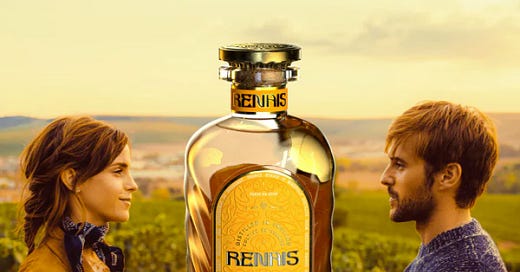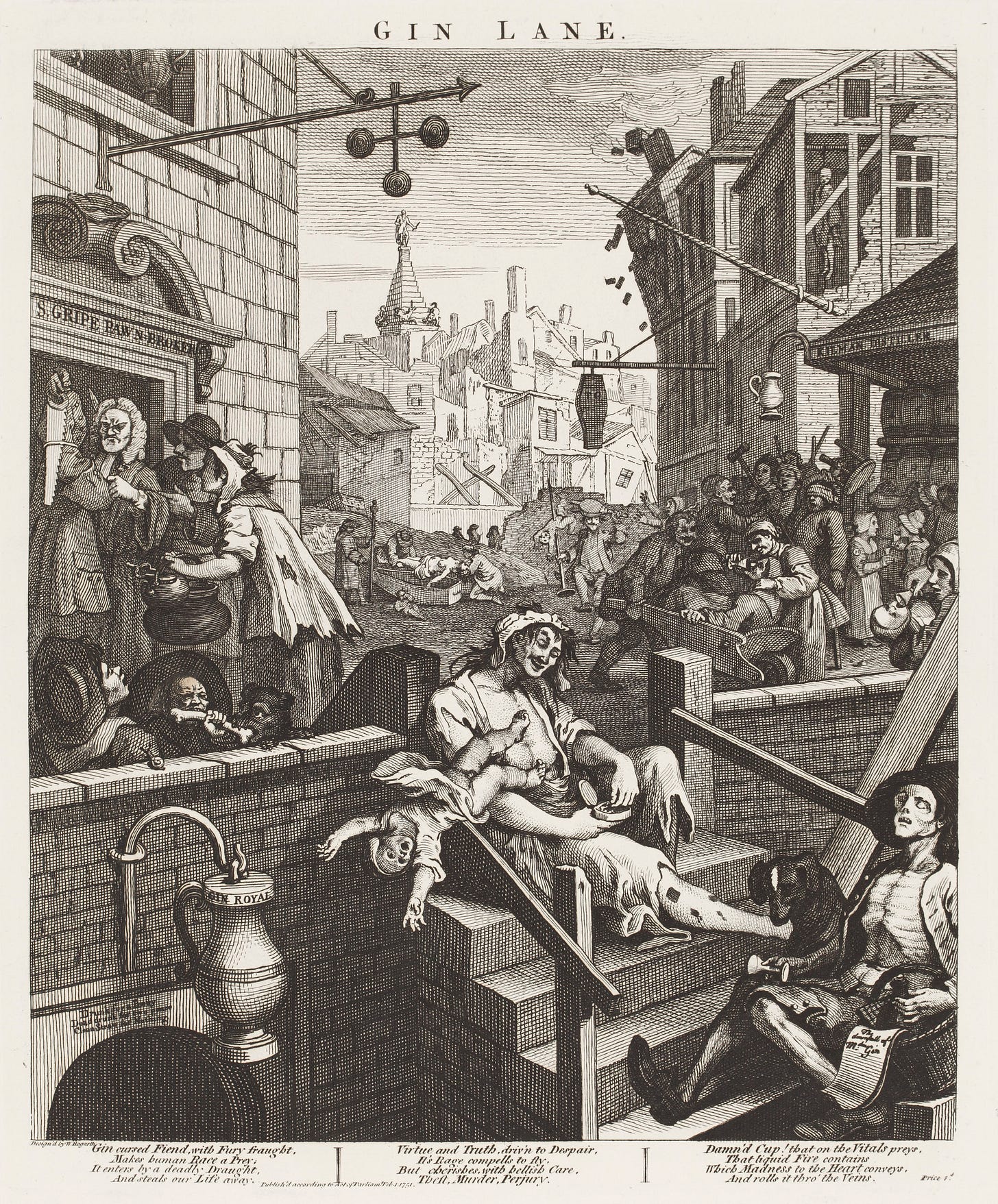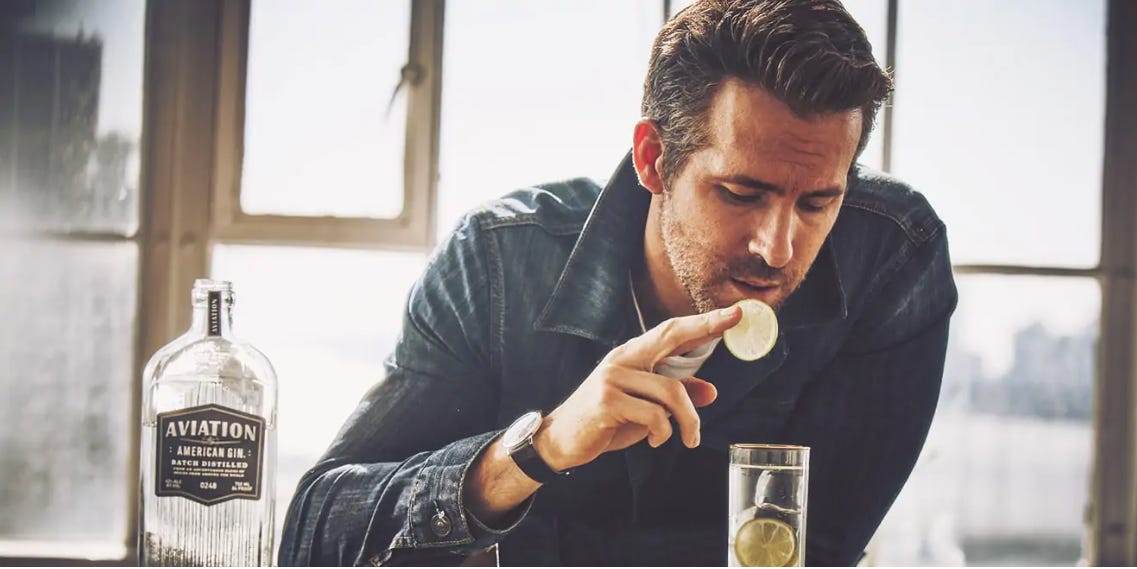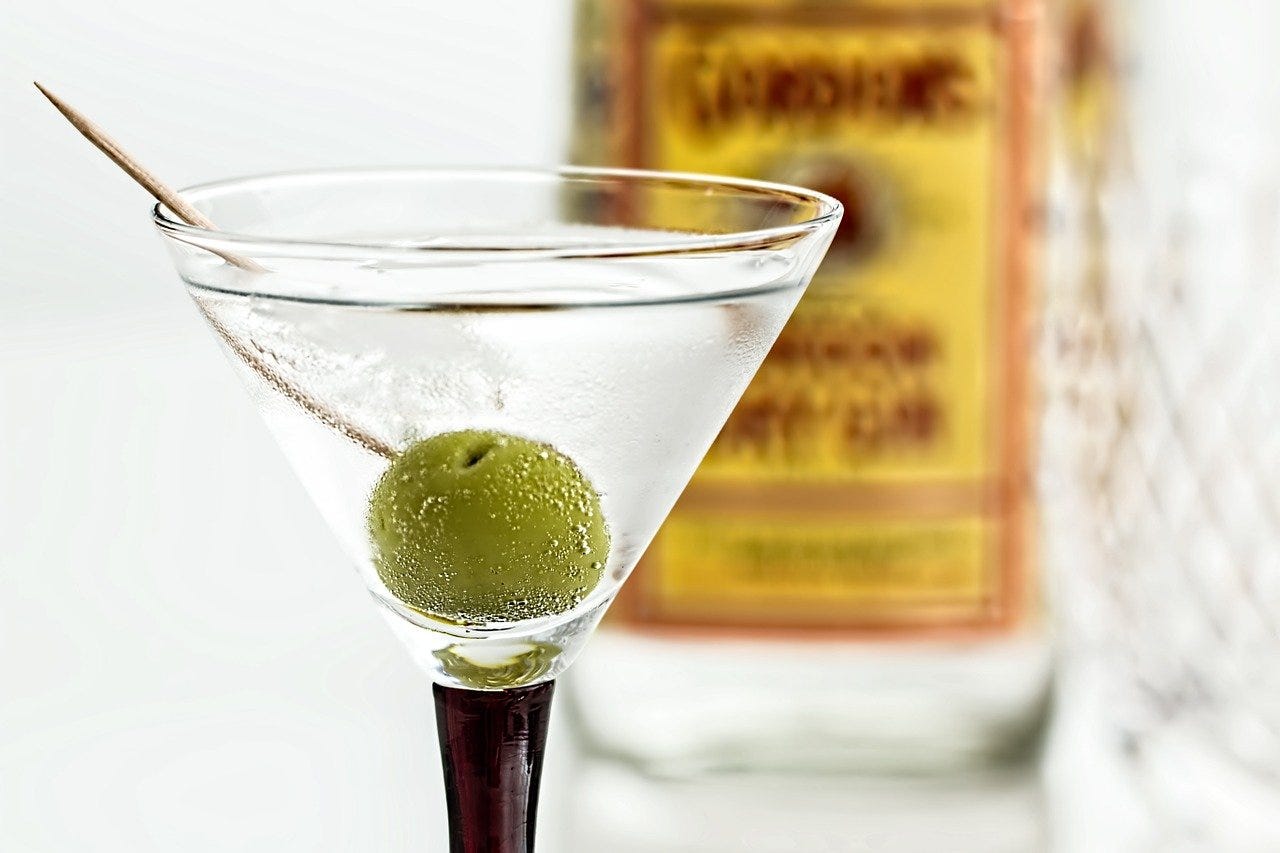I love Gin. Next to Bourbon, it is my favorite spirit. Gin can express the terroir of the botanicals from which it is made. It makes a cocktail much more nuanced and fragrant than Vodka. The last decade has seen a Renaissance in Gin, especially among celebrities who back their new brands. Let’s take a look at Gin, its history, its popular portrayal, the production, some newer celebrity Gins, and a few cocktail recipes.
Three of my favorite Gin brands: Esmé, a French gin, with cucumber, lavender, rose hips, violets, juniper, and spice, Hendricks Gin, the Scottish Gin with its invigorating citrus and lush green aromas, and Empress Gin, the Canadian Gin with its impressive purple color deriving from butterfly pea blossom and its other eight signature botanicals. Celebrity Emma Watson’s Renais Gin is next on my list with its angelica root, pressed grand cru grapes, and acacia honey botanicals.
The Early History of Gin
Gin has enjoyed a colorful history. The ancient Greeks and Romans are thought to have distilled juniper berries first, but earliest documented history of its distillation came from the 7th and 8th centuries. During the Black Death era 1346-53, Italian monks ineffectively gave a juniper-infused spirit concoction to patients as a Bubonic Plague remedy. The recognized ” Father of Gin,” however, is Franciscus Sylvius, a physician and scientist, University of Leyden, Netherlands. In the mid-1700’s he created a spirit to harnessing the alleged medicinal properties of juniper, supposedly a cure for bladder and kidney ailments. This concoction contained a neutral grain spirit and was sold in pharmacies. The root of the name Gin comes from geniver/jeniver, meaning juniper in Dutch. Juniper masked the roughness of the raw spirit of that time.
The term “Dutch Courage” came from the practice of Dutch sailors taking a sip of Gin before battle. Some said it was hard to find a cabin boy sober enough to climb a mast.
Gin Blamed for England’s Social Ills
Gin became widely adopted in England where it is credited with creating major social ills. A surge in Gin’s popularity occurred when England’s King William III, ruler of the Dutch Republic, banned imports of French spirits while fighting the French in the Nine Years War. Old Tom Gin was heavily consumed at 14 gallons per each adult male. The English gin distillate was crude and made in unlicensed back-alley stills. A famous painting “Gin Lane” by William Hogarth, depicted the depravity and socially destructive drunkenness which some called “liquid madness” linked to a lower-class status.
In the mid 1800’s British sailors spread gin to the rest of the world. The British East India Company promoted the world’s best tasting anti-malarial medicine made with tonic/quinine water and London Dry Gin. The cocktail was used to mask quinine’s bitter taste. The G&T, the Gin & Tonic was thus born.
Bathtub gin Defines the Roaring 20’s- Presidents and Prime Ministers Prefer Gin
The Roaring 20’s and US Prohibition (1920-33) brought us sexy flappers. They drank “bathtub gin” named after a New York City speakeasy, where the gin was crudely and illegally made. Bartenders argued about garnishes and vermouth strength while crafting the perfect Martini. Some famous avid gin drinkers of the 30’s and 40’s include: Ernest Hemingway, Virginia Wolff, UK Prime Minister, Winston Churchill, and US President Franklin Roosevelt. Winston Churchill liked his Martini extra dry and was said to “whisper” the word vermouth over his Gin cocktail.
Winston Churchill once said, “Always remember that I have taken more out of alcohol than alcohol has taken out of me.”
The New Cocktail Culture
Although Ian Fleming’s James Bond made us love the sophistication of the martini, “shaken, not stirred,” the true renaissance of Gin did not occur until the late 1990’s. Drinkers sought the retro-cool authenticity of a spirit with real intrinsic flavors. The Emmy-award winning Mad Men TV show brought back the Madison Avenue two-Martini lunch. The 1996 movie Swingers starring Vince Vaughn glamourized cocktail-lounge culture. Martinis once again made Gin the spirit of today.
Gin Production and Premium Gin Crafters
Gin is produced from a neutral spirit distilled from mash cereals but can come from sugarcane, potatoes, sugar beets or other agricultural products. The gin process calls for double distilling of that neutral spirit with a mix of botanicals sitting inside in a “Gin basket” infusing the gin with their flavors and aromas. Historically the dominant botanical used was juniper. Botanicals in six categories are used in the production of gin: seeds, herbs and vegetables, bark, citrus peel and others such as almond and clove. Large and small “Gin crafters” make the spirit today. St. George Spirits makes a Marin County “Mt. Tam terroir Gin.” See San Francisco Day Trip, PrimeWomen Magazine, April 2016.
The Economics of Gin
The economics of distilling Gin are sound. Whiskey and Bourbon distillers have jumped into the Gin market. Gin has quicker cash flow than many spirits (Whiskey, Scotch, Bourbon) with no need to tie up capital for years with the barrel aging required of the brown spirits.
“It takes eight hours to make a batch of Gin then it’s on the shelves in a week”,
— Simon Buley, Master Distiller, Balmenach Distillery.
Celebrity Gin
An early example of a celebrity gin is Aviation Gin. Actor Ryan Reynolds became a shareholder in Aviation Gin in 2018 and later took ownership of the brand. Aviation Gin was initially founded by Christian Krogstad and Ryan Magarian in 2006. Later came The Gardener Gin by Brad Pitt and Matthieu Perrin (remember their collaboration on Miraval Rosé), Margot Robbie has an Australian Gin brand called Papa Salt, Dr. Dre and Snoop Dogg launched Still Gin, and now Emma Watson (Hermione in Harry Potter) has launched Renais Gin. Star power boosts the economics of many spirits. After all, in 2017 George Clooney and his partner’s Casamigos Tequila sold to Diageo for $1 Billion. Cheers to new brands and continued Gin success!
Gin Cocktail Recipes
How to Make a Martini
Ingredients: 5 parts dry gin, 1 part vermouth, lemon twist.
Recommended Spirits: Hendrick’s Gin and Dolin Dry Vermouth.
Instructions: Fill mixing glass with ice. Add 1 part Vermouth and stir for a few seconds. Then add 5 parts dry gin to mixing glass and stir briskly for 50 turns. Stain into a chilled martini glass and garnish with a lemon twist or olive.
Variations:
Vodka Martini: Use Tito’s Vodka.
Dirty Martini: Garnish is an olive and add some olive juice to the Martini.
Perfect Martini: 50/50 gin and Vermouth blend.
How to Make a French 75
Ingredients: 1 oz., (30 ml) gin or Cognac, .5 oz. fresh lemon juice, .5 oz. (15 ml) Simple Syrup, 1-2 oz. (30-60 ml) brut-style Champagne or dry sparkling wines, lemon twist to garnish.
Recommended Spirits: Esme Gin or Courvoisier Cognac.
Instructions: Combine the first three ingredients in a cocktail shaker filled with ice. Shake vigorously for 15-20 seconds, or until frosted on the outside. Stain into a flute and top with brut-style Champagne of dry sparkling wine. Alternatively, serve over ice in a rocks glass. Garnish with a lemon twist.
Variations:
Mimosa: Invented in the 1920’s, add fresh orange juice to Champagne.
Kir Royale: Add crème de cassis to Champagne.
Champagne Nicholas II: Russian Tsar Nicholas II preferred his Champagne with a hit of herbal Chartreuse.
Death in the Afternoon: Ernest Hemingway’s book Death in the Afternoon included this drink made of absinthe and brut-style Champagne. At the time absinthe was considered toxic. It is not anymore.
Wine Wanderings Editorial Calendar 2025
Montalcino: the Italy Story of Brunello, IGT’s, and Super Tuscans
The Wines of Summer: All Shades
An Interview with Melissa Burr, Founding Winemaker, Stoller Wine Group, Willamette Valley, OR
10 Tips for Planning Your Next Trip to Paris
What is the Wine Custom Crush Business?
30 Years of Excellence in Oregon: Stoller Family Estates
The Popularity of City Wineries
Malbec: Domestic and International Finds
The Magic of Tuscany: Touring the Region
Live from Kentucky’s Bourbon Trail: Where to Taste with Tourism Tips
*****
In Case You Missed It in the News: Wine in the News
Wine-Searcher on the Canadian Journal of Cardiology findings: “Drinking Wine is Good for You,” May 1, 2025
Follow Wine Wanderings on Instagram, LinkedIn, Bluesky
*****
Travel Opportunities
Cruise the Danube on AmaWaterways with Wine Wanderings and Wölffer Estate Winery, April 20, 2026, Romantic Danube.









Hi Carol, Please report back your favorite gins. Thanks for reading. Tricia
As an Australian and specifically a Victorian I get my gin from Four Pillars distillary in Healesville. Their Olive Leaf Gin makes a very good martini. 1 part Maidenii Dry Vermouth with 3 parts gin. Yuzu Gin takes a nice G&T.
What about Bloody Shiraz Gin? Gin combined with Yarra Valley grapes? A crazy experiment using original Rare Dry Gin steeped with local cool-climate, Yarra Valley, Shiraz grapes.